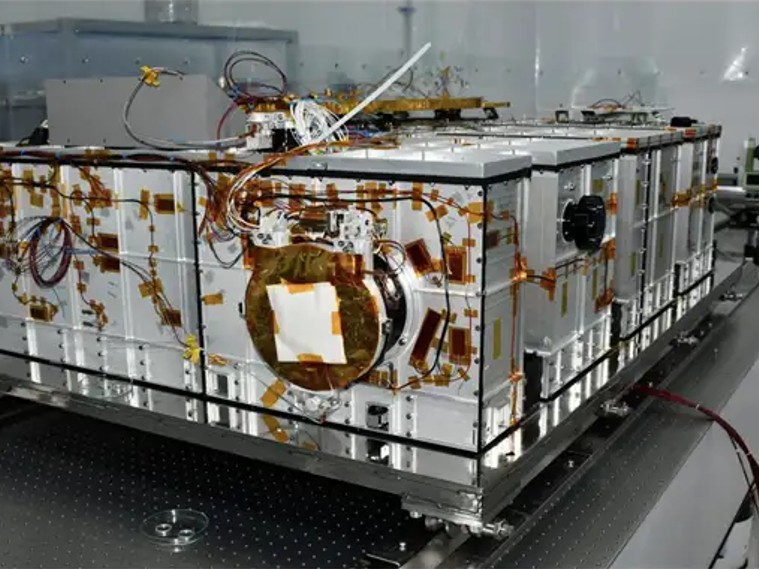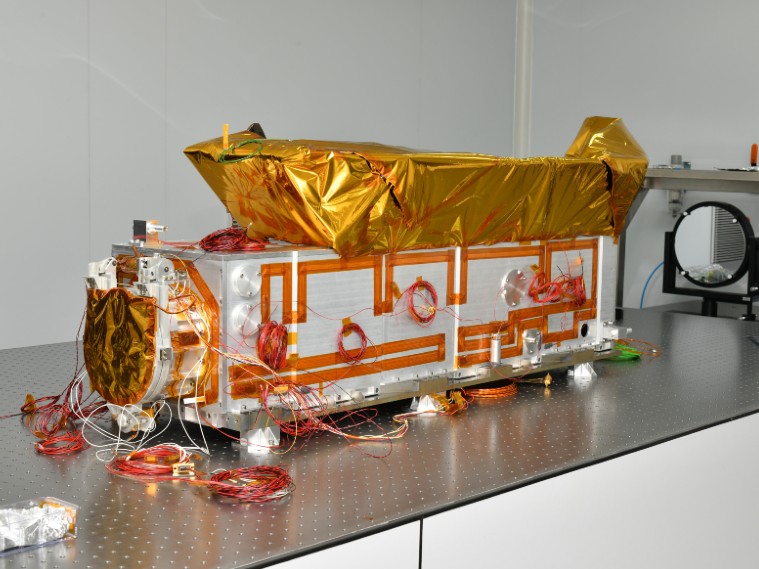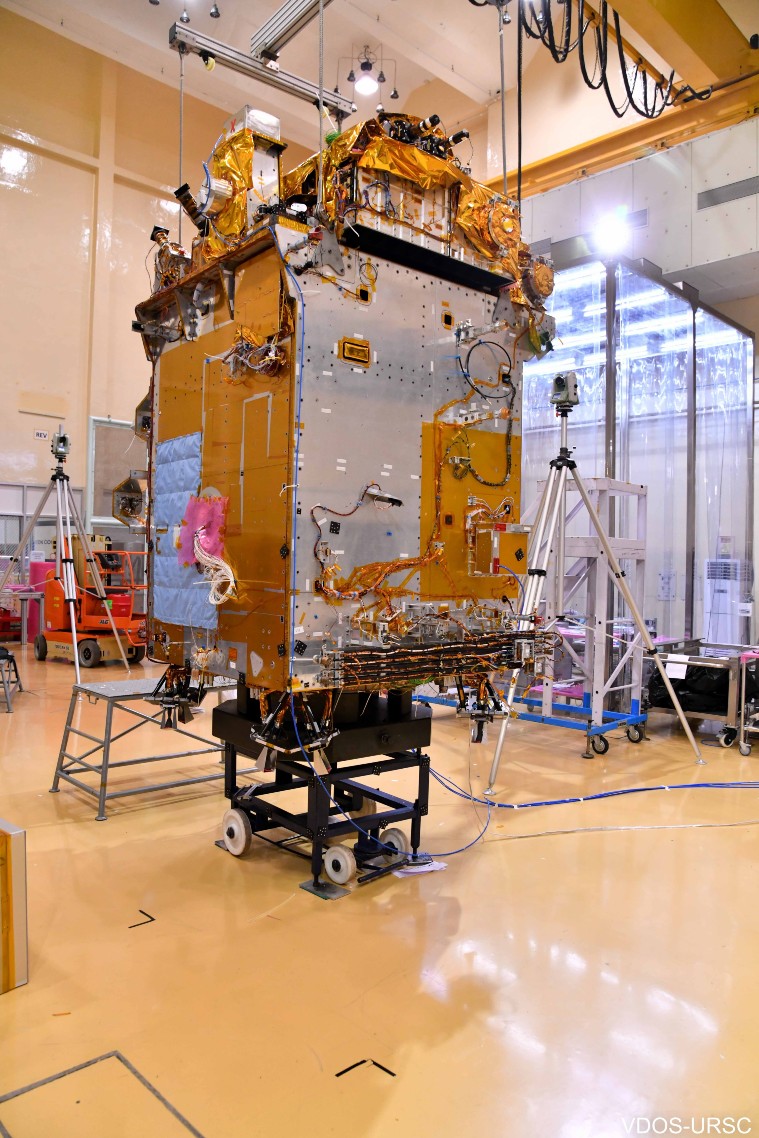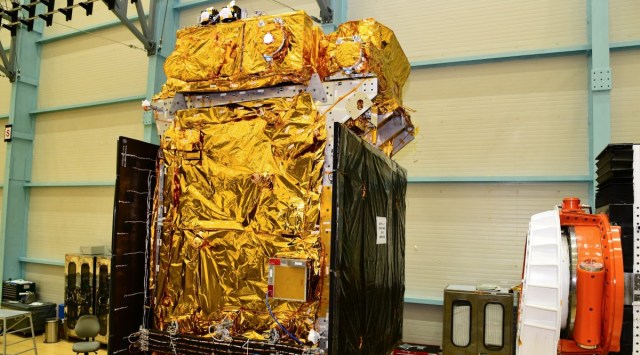ISRO tweets about the satellite reaching launch station in Sriharikota.
After two successful mission launches in July, including the Chandrayaan 3, the Indian Space Research Organisation (ISRO) is gearing up for its next big mission to the Sun.
Aditya L1 will be India’s first mission to the Sun and is expected to be launched sometime in early September this year, sources have confirmed.
Aditya L1 aims to study the solar corona, solar emissions, solar winds and flares, Coronal Mass Ejections (CMEs) besides performing imaging of the Sun, round-the-clock. After Astrosat, this is ISRO’s second astronomy mission / observatory done in collaborations with scientific and research institutes. Aditya L1 will be inserted to Lagrange point L1 located at a distance of 1.5 million kilometers from Earth. The Indian spacecraft will still be over 90 million kilometers away from the Sun. Due to this considerable distance from the Sun, Aditya will be able to perform continuous observations looking directly at the Sun.

VELC / Source : IIA
In its update on microblogging site X, the space agency Monday tweeted, ” Aditya-L1, the first space-based Indian observatory to study the Sun, is getting ready for the launch. The satellite realised at the U R Rao Satellite Centre (URSC), Bengaluru, has arrived at SDSC-SHAR, Sriharikota.”
The main collaborators in the solar mission with seven payloads are Physical Research Laboratory, Ahmedabad, Indian Institute of Astrophysics(IIA), Bengaluru, Inter University Centre for Astronomy and Astrophysics (IUCAA), Pune and the Indian Institute of Science, Education and Research (IISER), Kolkata.

SUIT / Source : IUCAA
In January this year, IIA handed over Visible Line Emission Coronograph (VELC) to ISRO. It will track CMEs, trace links between CME plasma and the magnetic field that drive the solar eruptions and solar winds. Later in June, IUCAA completed and handed over the Solar Ultraviolet Imaging Telescope SUIT to the space agency. SUIT will provide full disk images of the Sun in the 2000 — 4000 A wavelength range, observe of the solar atmosphere slicing through different layers — all of these will help peice together the various processes inside the solar surface. Both VELC and SUIT are unique instruments ever to be built for mission to the Sun.

Aditya L1 / Source : ISRO
The other onboard instruments are Aditya Solar wind Particle EXperiment (ASPEX) to study solar wind distribution, their variations and spectral characteristics. The Plasma Analyser Package for Aditya (PAPA) will observe the solar wind, their compositions and the energy distribution. Solar Low Energy X-ray Spectrometer (SoLEXS) aims to study the X-ray properties of the Sun and the solar activity whereas the High Energy L1Orbiting X-ray Spectrometer (HEL1OS) will study the Sun as a star and the hard X-Ray emissions during solar flares. Lastly, the Magnetometer will measure the magnitude and nature of the Interplanetary Magnetic Field.
The solar weather and environment, which is determined by the activities occurring inside and around the Sun, affects space weather which inturn influences many of the human-based activities including the funcitioning of satellites, telescommunications, power grids and a range of other space-based vital installations.



Recommended Comments
There are no comments to display.
Join the conversation
You can post now and register later. If you have an account, sign in now to post with your account.
Note: Your post will require moderator approval before it will be visible.